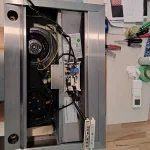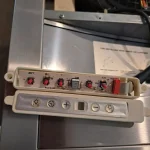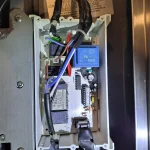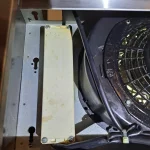If the fans turn freely with no binding I would think the starting capacitors are bad. They don't often deform or leak when they go bad.
My favorite parts house for electronic parts is: https://www.mouser.com/
Their website is a little convoluted to navigate but they will happily pull one resistor or capacitor and ship it to you.
They carry a plethora of hard, or impossible, to find electronic and electronic/mechanical parts.
I've used them for the past 30+ years to restore old radios.
My favorite parts house for electronic parts is: https://www.mouser.com/
Their website is a little convoluted to navigate but they will happily pull one resistor or capacitor and ship it to you.
They carry a plethora of hard, or impossible, to find electronic and electronic/mechanical parts.
I've used them for the past 30+ years to restore old radios.





